Solfège: What Is It, And How Is It Used?
Solfège is an exercise used for sight-reading vocal music in which each scale degree is assigned a coordinating syllable. Check out this article to learn more!
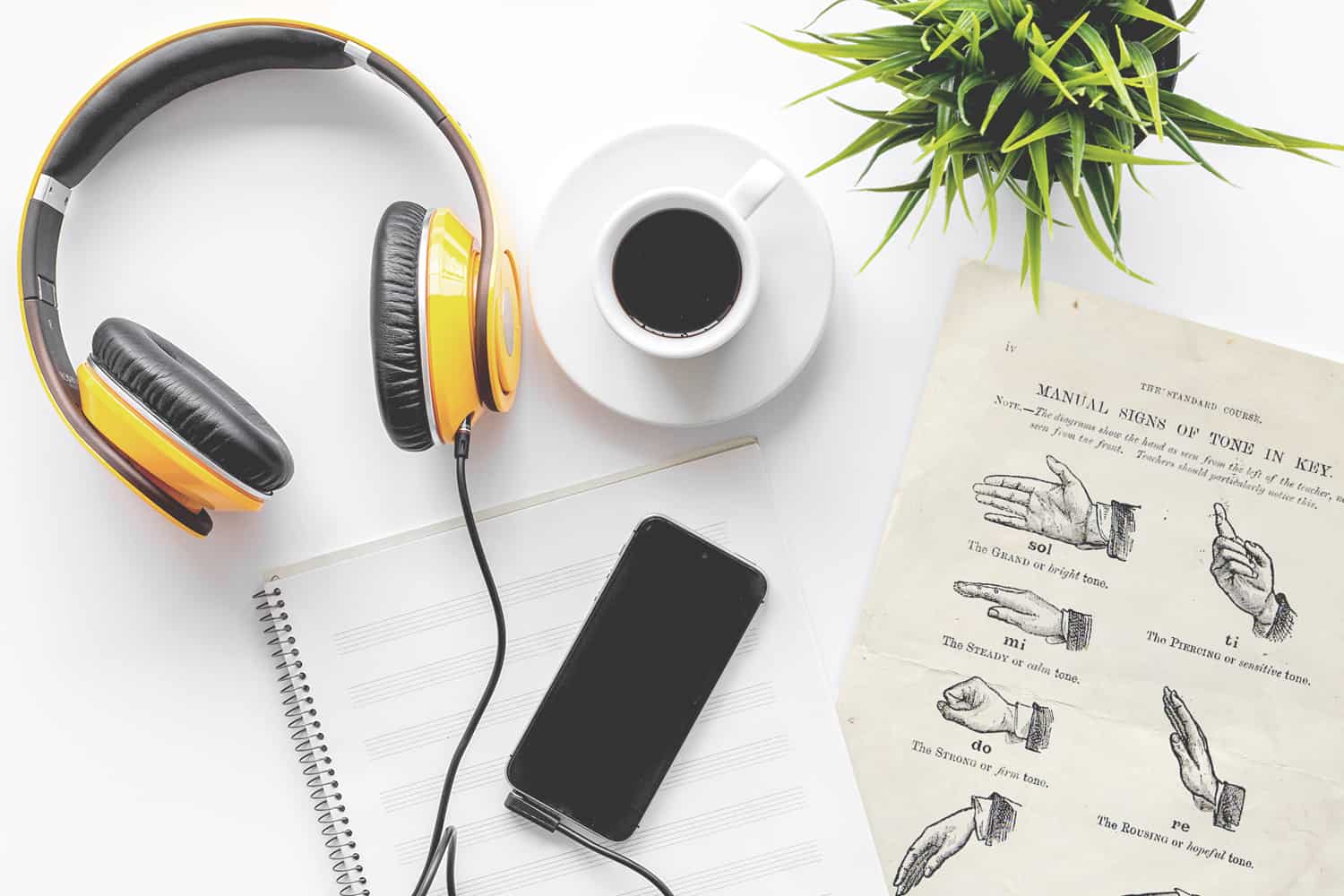
Solfège is an exercise used for sight-reading vocal music in which each scale degree is assigned a coordinating syllable. After some practice and familiarization, the solfège allows a musician to audiate, or mentally hear, the pitches of a piece of music which he or she is seeing for the first time, then sing them aloud.
Solfège Syllables
- do, re, mi, fa, sol, la ti, and do.
Many teachers use hand symbols in order to better illustrate each symbol.
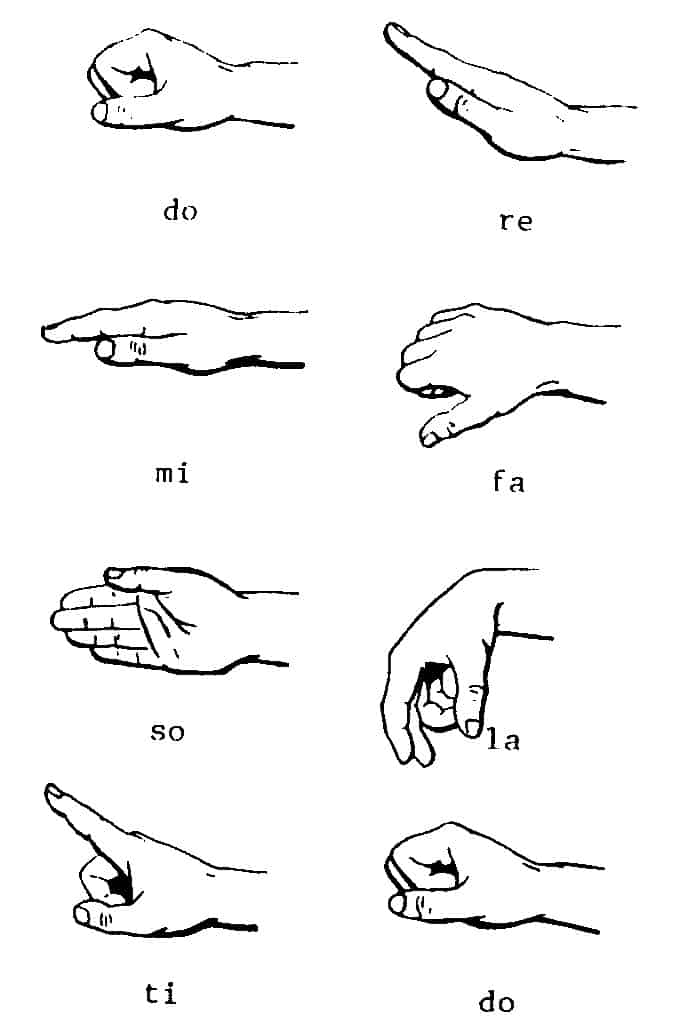
Standard Forms of Solfège
- Moveable-Do System. This is the most common form of Solfège, and it means that the syllable “do” is always coordinated with the first scale degree of whichever key you’re in.
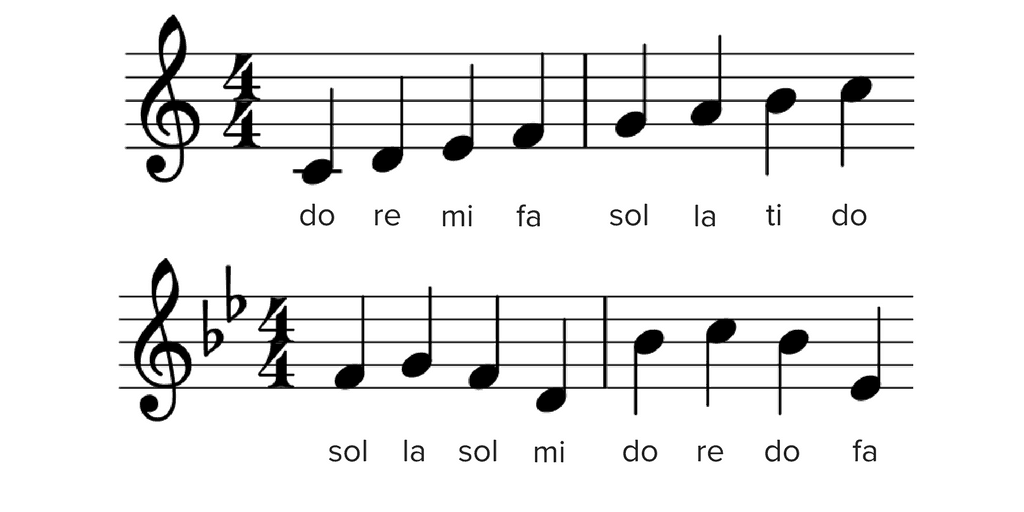
- Fixed-Do System. In this case, the syllables are always assigned to the notes in a C Major Scale (where “C” would be “do”), regardless of the key.
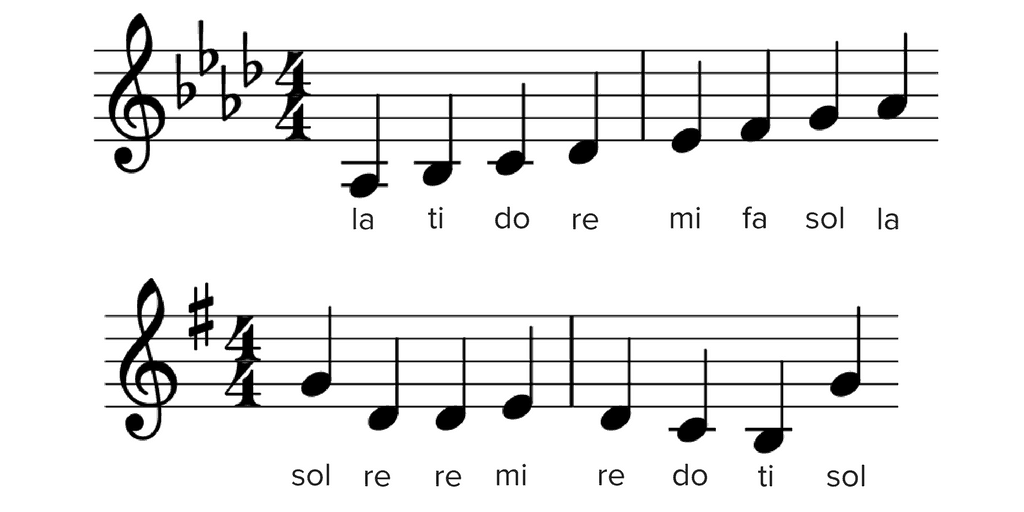
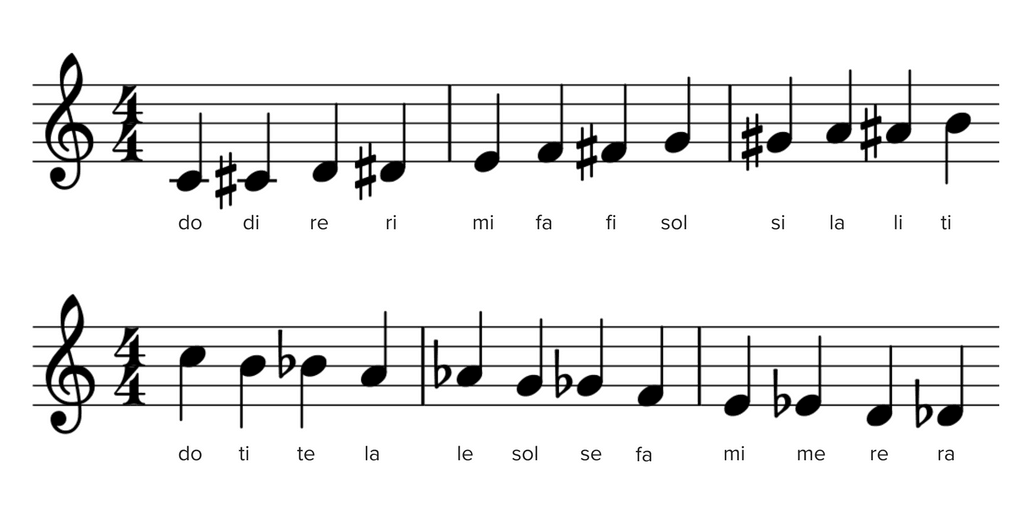
For many, solfège has proved to be very successful when it comes to sight-reading new pieces. For others, not so much. Whatever method for sight-reading you decide to use, remember that practice is key! Give solfège a try and let us know how it works for you!


